Threat Level Part 6: Risk Factors
August 4, 2019
Threat Level Part 8: Toll on Families
August 9, 2019Threat Level: Drug Abuse
Part 7: The Opioid Crisis
In part six of this series, I mentioned the Opioid Crisis as one of the biggest challenges facing our communities and the nation. We will focus on what makes this a uniquely difficult problem and some of the solutions that are being explored, including a level of individual treatment.

According to Harvard Medical School, more than 2.5 million people in the U.S. are struggling with opioid addictions, including prescription pain killers and heroin. The National Institute on Drug Abuse (NIH) states that as of March 2018, 115 people die every day from overdosing on opioids. This is a staggering loss and the trend is extremely worrying. NIH reports that Opioid overdoses increased 30 percent from 2016 to 2017 in 45 states, including a 70 percent increase in the Midwestern region of the country. In fact, according to the Centers for Disease Control (CDC), 66 percent of all overdose deaths in 2016 were from Opioids, and this is five times higher than in 1999.
The CDC estimates that the total "economic burden" of prescription opioid misuse alone in the United States is $78.5 billion a year, including the costs of healthcare, lost productivity, addiction treatment, and criminal justice involvement.
Fentanyl, a powerful synthetic opioid developed to treat advanced cancer pain, can be 50 to 100 times stronger than morphine. Illicit use and black-market mixture with other drugs, such as heroin and cocaine, have made it widely considered the most dangerous drug in America, and a prime culprit behind the staggering increase in overdose deaths. Even small doses can cause a person to stop breathing completely.
Now that we can grasp the scope of the problem, what makes the Opioid Crisis different from other epidemics of drug abuse?
WebMD gets to the heart of the problem in an article about pain medication, stating, “For people who have an opioid addiction, their problem often started with a prescription. People who are addicted compulsively seek out the pain medications…They might take someone else’s pills or buy them off the street, which is especially dangerous since those drugs are often laced with lethal amounts of fentanyl.”

The NIH states that the problem began in large part in the 1990’s when pharmaceutical companies downplayed the risks of addiction. As a result, healthcare providers began prescribing opioid pain relievers at greater rates. Accordingly, “This subsequently led to widespread diversion and misuse of these medications before it became clear that these medications could indeed be highly addictive.”
Prescription and synthetic opioids have caused drug abuse of opioids to far surpass the level that had previously existed with “traditional” illicit opioids, such as heroin. The bypassing of stigmas associated with “traditional” opioid delivery methods and the introduction of opioids to different socioeconomic populations have helped foster an epidemic.

Because this form of drug abuse often originates from substances that are not illicit to begin with, it has complicated efforts to control the problem. All levels of government are responding by placing far stricter regulatory control over synthetic opioids, attempting to maintain the balance with the medical needs many of these drugs were created to address.
The treatment for opioid addiction is different for each person. The main goal is to stop using - called detox. Treatment is also designed to prevent relapse. As drug abuse of opioids often leads to chemical addiction with the attendant tolerance, the withdrawal can be especially severe. Often doctors prescribe certain medicines that contain opioids to manage the symptoms and addiction, including methadone, buprenorphine and naltrexone.
As Family Doctor.org mentions, “After detox, behavioral treatments can help you learn how to manage depression. These treatments also help you avoid opioids, deal with cravings, and heal damaged relationships.” Some behavioral treatments include individual counseling, group or family counseling, and cognitive therapy.
To battle overdoses themselves, Naloxone is used as a safe and effective antidote. Depending on state and local laws, this medication can be administered by EMS, law enforcement, or family members and other bystanders who have obtained the medication through legal channels.
Of course, drug abuse prevention is the most effective way to ameliorate the opioid crisis. This entails greater synthesis at all levels of society, including within health care, education, and government and public policy. Families and employers also play a vital role in battling the epidemic. Part eight of this series will underline the urgency of tackling this crisis and the general problem of drug abuse.




